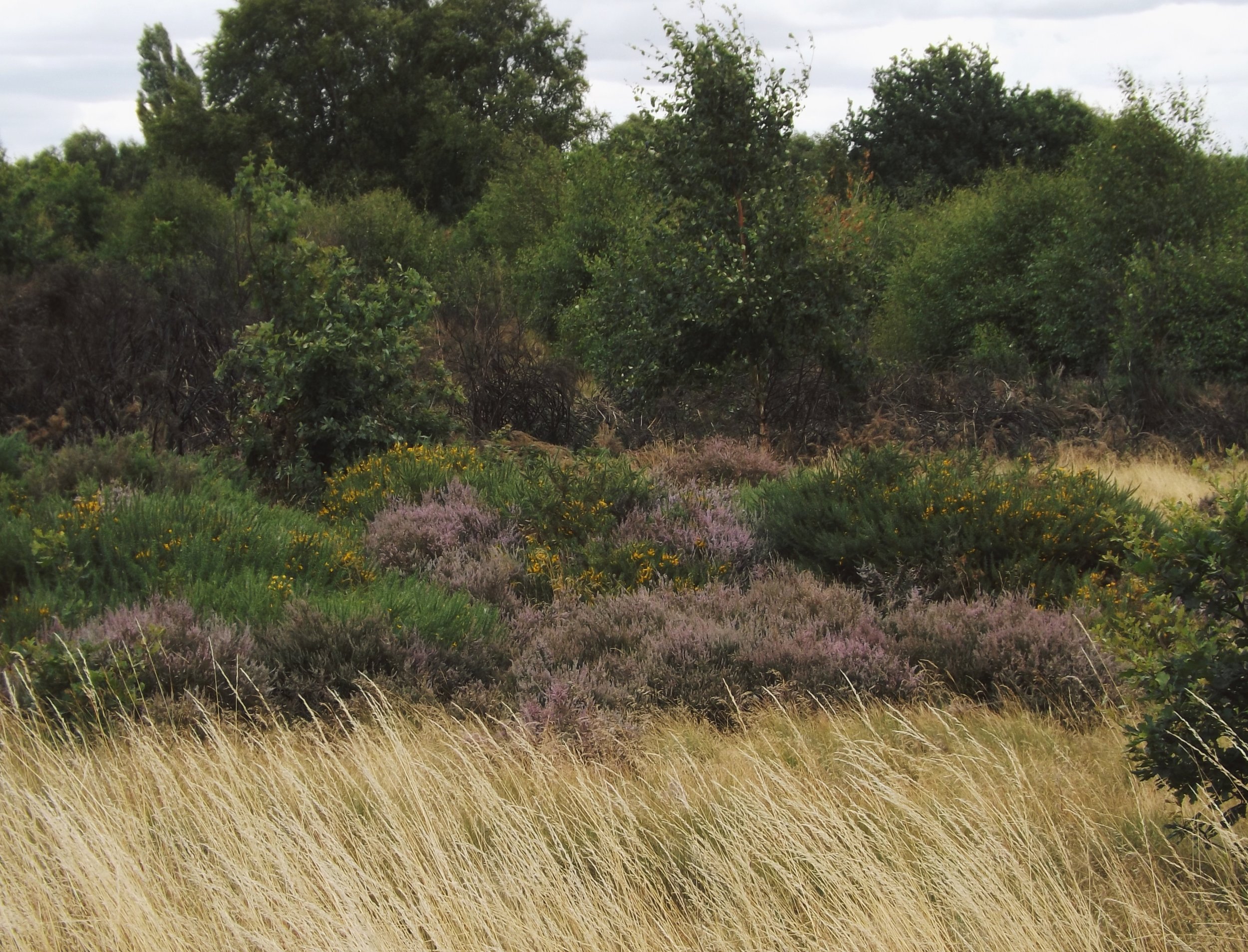Local Wildlife and Geology Sites
Supporting Documents
Supporting documents to help with the assessment of Local Wildlife and Geology Sites in Birmingham and the Black Country:
Birmingham and Black Country Local Sites - Guidance for Selection (Sept 2018)
Local Sites Assessment Report Form (v5)
Example of a Completed Local Site Assessment Form (v5)
Local Sites Partnership for Birmingham and the Black Country: Terms of Reference
Birmingham and the Black Country Biodiversity Action Plan
Birmingham and the Black Country Biodiversity Action Plan (2010)
Local Nature Recovery Strategy
We have worked with the Birmingham and Black Country Wildlife Trust (B&BCWT) and the Black Country Local Authorities to help produce a draft Local Nature Recovery Strategy for the Black Country:
Black Country Local Nature Recovery Strategy
We have worked with B&BCWT, Birmingham City Council and the Black Country Local Authorities to help produce a draft Local Nature Recovery Opportunity Map for Birmingham and the Black Country:
Network Components
Core Landscapes - large areas of land comprised of multiple land use parcels that are ecologically coherent, often sharing similar geology, soil types, habitats, landscape character and landuse history. They are frequently those areas less impacted upon by urban development and often support features more typically associated with rural landscapes. Core Landscapes typically support the highest abundance and diversity of semi-natural and Priority Habitats, and the species assemblages associated with these. They provide significant opportunity and are a priority for investment in ecological recovery (e.g. habitat restoration and creation).
Priority Network Restoration Zones - areas where investment in ecological recovery outside of Core Landscapes has been prioritised. These zones have been selected on the basis of being those areas that contain the highest density of Core Habitat and Core Expansion land use parcels which collectively link Core Landscapes (or their component parts), and their purpose is to support the creation of a coherent ecological network across the Black Country landscape. Priority Network Restoration Zones comprise the full range of landscape components (natural and built environment) and, where these exist, follow linear blue and green corridors (e.g. canals, rivers and dismantled railway lines).
The Core Habitat Zone - this is comprised of the land use parcels that contain the most ecologically valuable habitats. The zone includes all parcels with an ecological value score of 4 or above (see ecological evaluation methodology); all sites with a nature conservation designation not included in the above (e.g. some Sites of Local Importance for Nature Conservation); and any additional areas identified in Natural England’s Combined Habitat Network data set. The Core Habitat Zone is a priority for protection and restoration.
Core Expansion Zone 1 - this comprises those land use parcels that are of lower ecological value than those in the Core Habitat Zone but, due to inherent value or location, have the most potential to contribute to a coherent ecologic network. These sites are frequently within Core Landscapes and Priority Network Restoration Zones and are a priority for investment in the restoration and creation of new habitats. Included in this zone are all areas of green space scoring 3 in the ecological evaluation; all green space scoring 1 or 2 lying within 150 metres of a Core Habitat Zone; those areas identified as habitat bottlenecks; and vegetated railway cuttings and embankments.
Core Expansion Zone 2 - this comprises all areas of greenspace that do not meet the criteria for inclusion in Zone 1. These sites provide an opportunity for the restoration and creation of new habitats but investment in these areas is a lower priority than in Zone 1.
Urban Matrix Recovery Zone 1 - this comprises all features of the built environment within 150 metres of the Core Habitat Zone, and may include residential and commercial properties, gardens, road verges, street trees and minor watercourses. Due to their proximity to sites of ecological value these features have the most potential of their type to contribute to a coherent ecologic network. The protection, enhancement and creation of green infrastructure within these areas is a priority.
Urban Matrix Recovery Zone 2 - this comprises all features of the built environment outside of Zone 1. These areas provide an opportunity for the protection, enhancement and creation of green infrastructure but investment in these areas is of a lower priority than in Zone 1.






